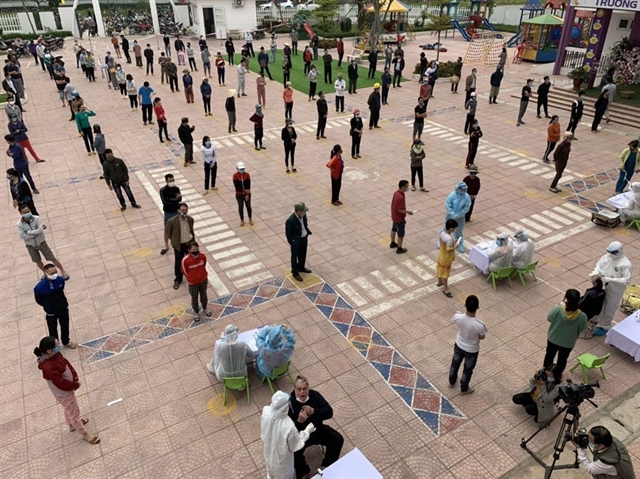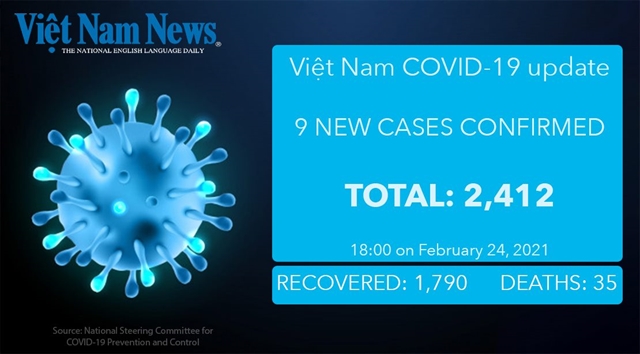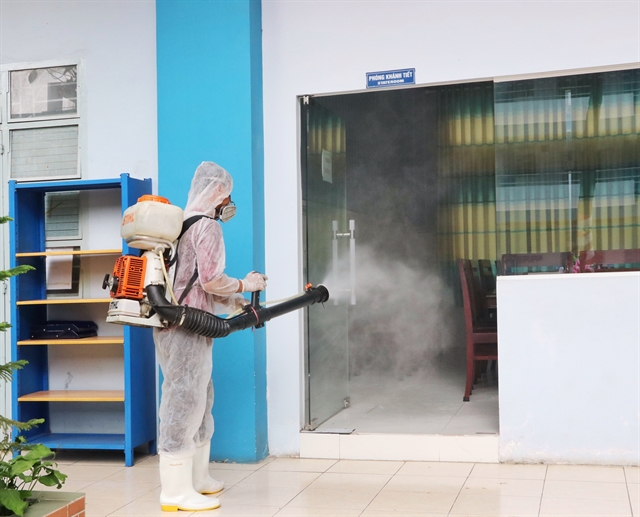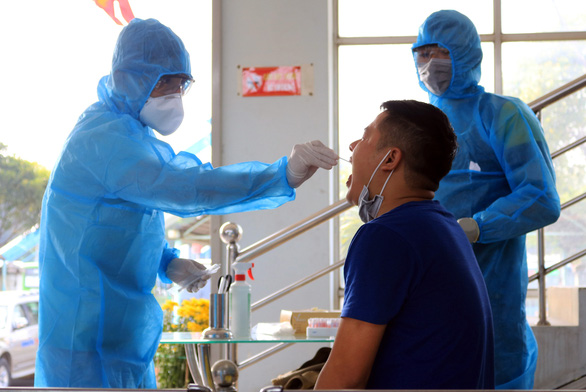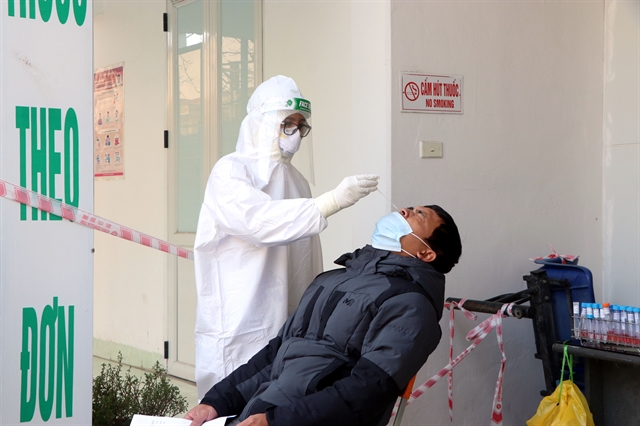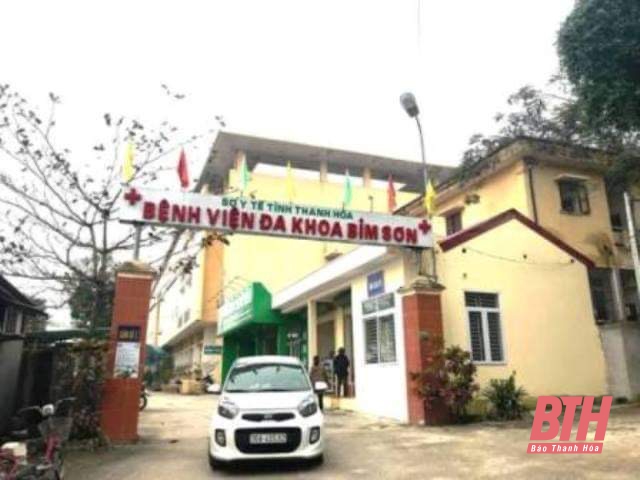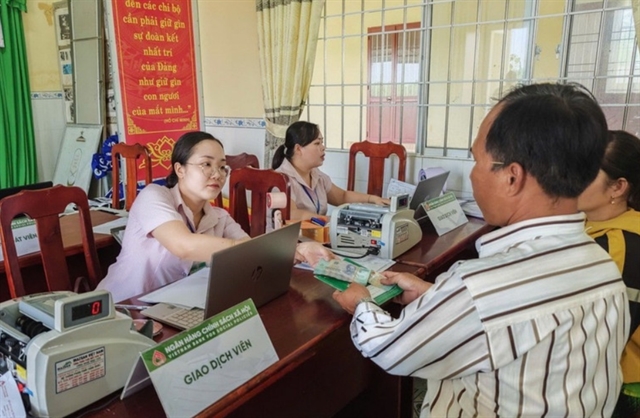
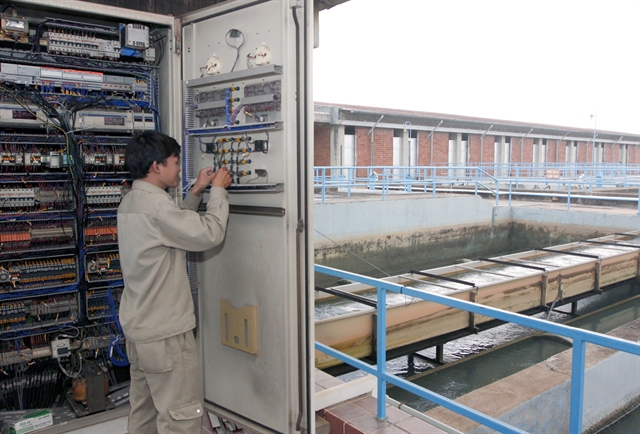
|
| A worker checks equipment at the Thủ Đức Water Supply Factory in HCM City. The city aims to prevent water pollution, groundwater exploitation, and lack of clean water for local use. — VNA/VNS Photo Ngọc Hà |
HCM CITY — HCM City authorities have pledged to continue to carry out “drastic” measures to prevent water pollution, groundwater exploitation and lack of clean water for local use.
“Clean, safe water will continue to be supplied to all city households in every district,” the People’s Committee said.
The municipal government recently approved a master plan on water supply in the 2020-2050 period, and another on clean water supply and ending the exploitation of underground water by 2030.
Under the master plan, the city will strive to meet water demand in the 2020 – 2050 period, between 5 – 10 per cent lower or higher than the total forecasted demand.
By 2025 the city plans to ensure that every resident has access to tap water.
Under the plan, the municipal water supply capacity will reach 3.6 million cubic metres per day, using only 100,000cu.m of groundwater by 2030.
From 2030 to 2050, the supply capacity will increase an additional 2.4 million cubic metres a day.
The city is also gradually relocating its water supply sources further upstream of the Sài Gòn and Đồng Nai rivers to ensure clean water for local use.
The city will build reservoirs to store water for treatment to combat salinity caused by the impact of climate change and the pollution of water sources from regional socio-economic activities.
The city will also upgrade more than 1,430km of old pipelines and install more new pipelines by 2025.
It targets lowering water losses to 15 per cent.
In addition, the city will continue to develop a smart water supply system and carry out a pilot project to install drinking water taps in public areas such as parks, schools and hospitals.
Pollution downstream
According to the Department of Natural Resources and Environment, water in downstream Sài Gòn River is suffering from severe microbiological pollution and slight oil contamination.
Pollution indicators like ammonia, microorganisms and manganese have all increased, exceeding the permitted standards of Việt Nam and the World Health Organization.
Dr. Hồ Long Phi, director of the Centre for Water Management and Climate Change under the National University of HCM City, said that pollution in the Saigon River has become more serious.
He said the city would need a huge investment in building new pumping stations with extremely large capacity of millions of cubic metres a day, as well as investment in long and large-scale pipelines.
Experts have warned that rapid urbanisation has put pressure on the city’s water infrastructure, which is ageing. It is a great challenge for the city to maintain water supply and keep pace with economic growth.
In addition, the city plans to reduce the exploitation of groundwater by 2025 to prevent land subsidence and protect residents’ health.
More than 700,000cu.m of groundwater are being exploited daily in the city. Half of the total serves households, while the rest is for manufacturing activities.
Water samples collected from wells in the city have recently showed concentrations of iron, pH, E.coli bacteria and ammonia that failed to meet standards set by the Ministry of Health, according to a recent Preventive Health Centre investigation. — VNS

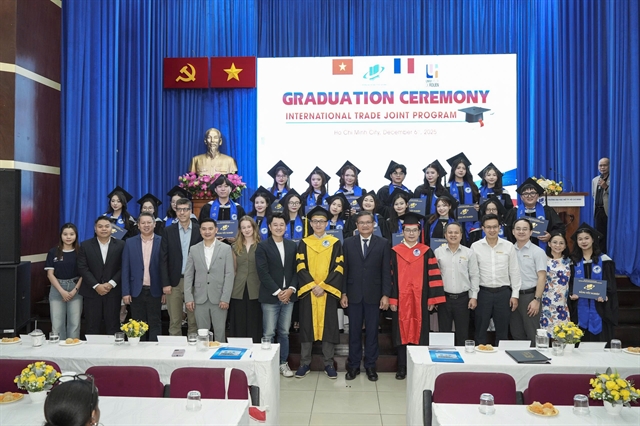


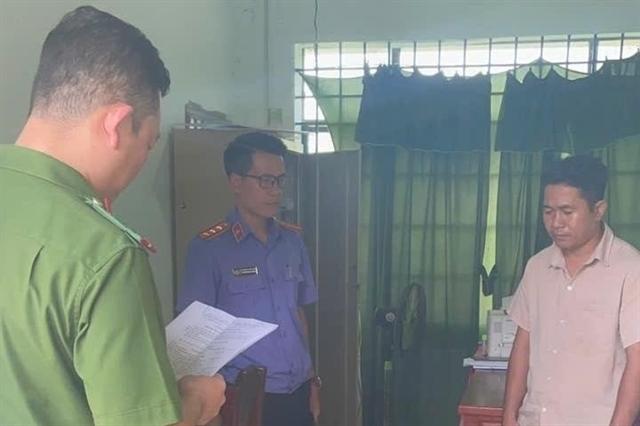
 (3) (4).jpg)
